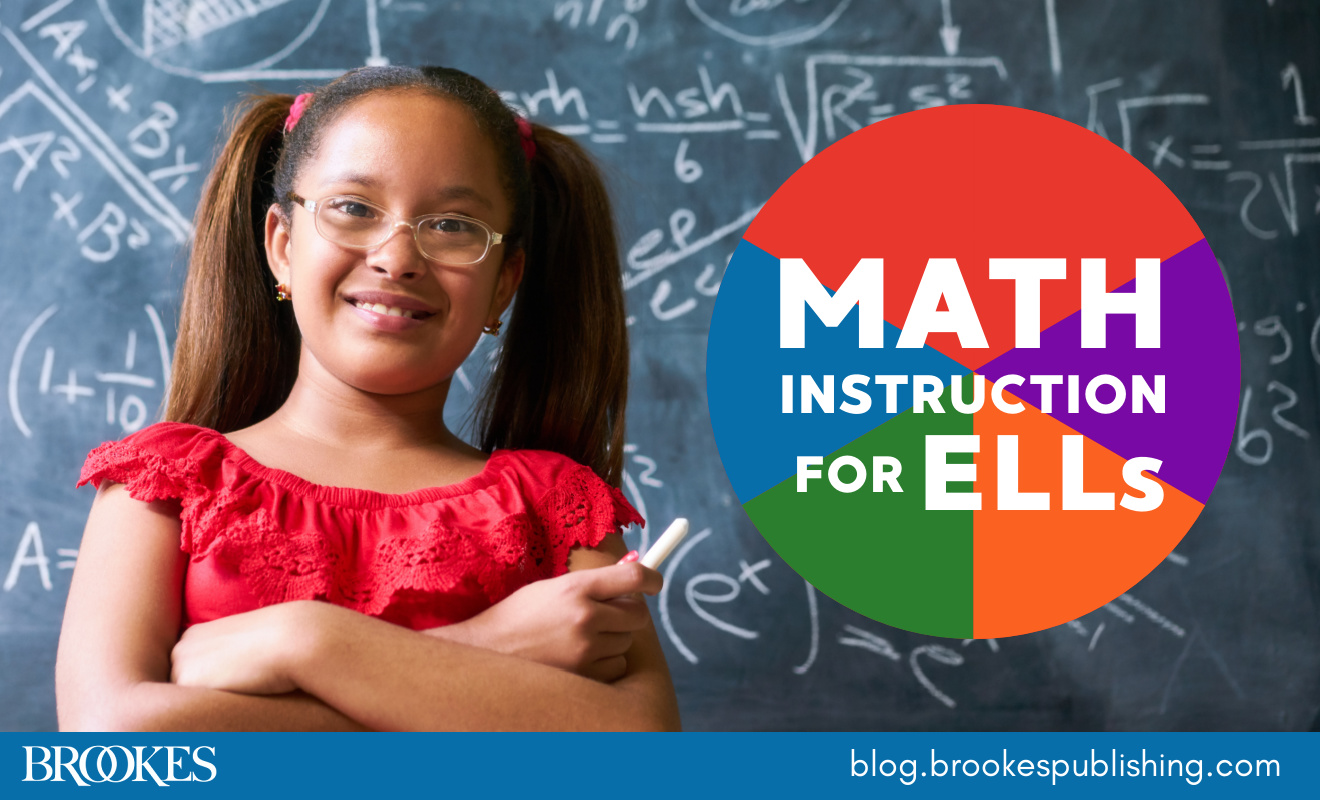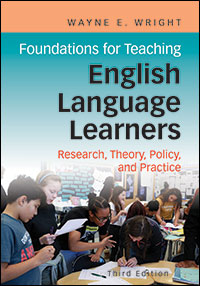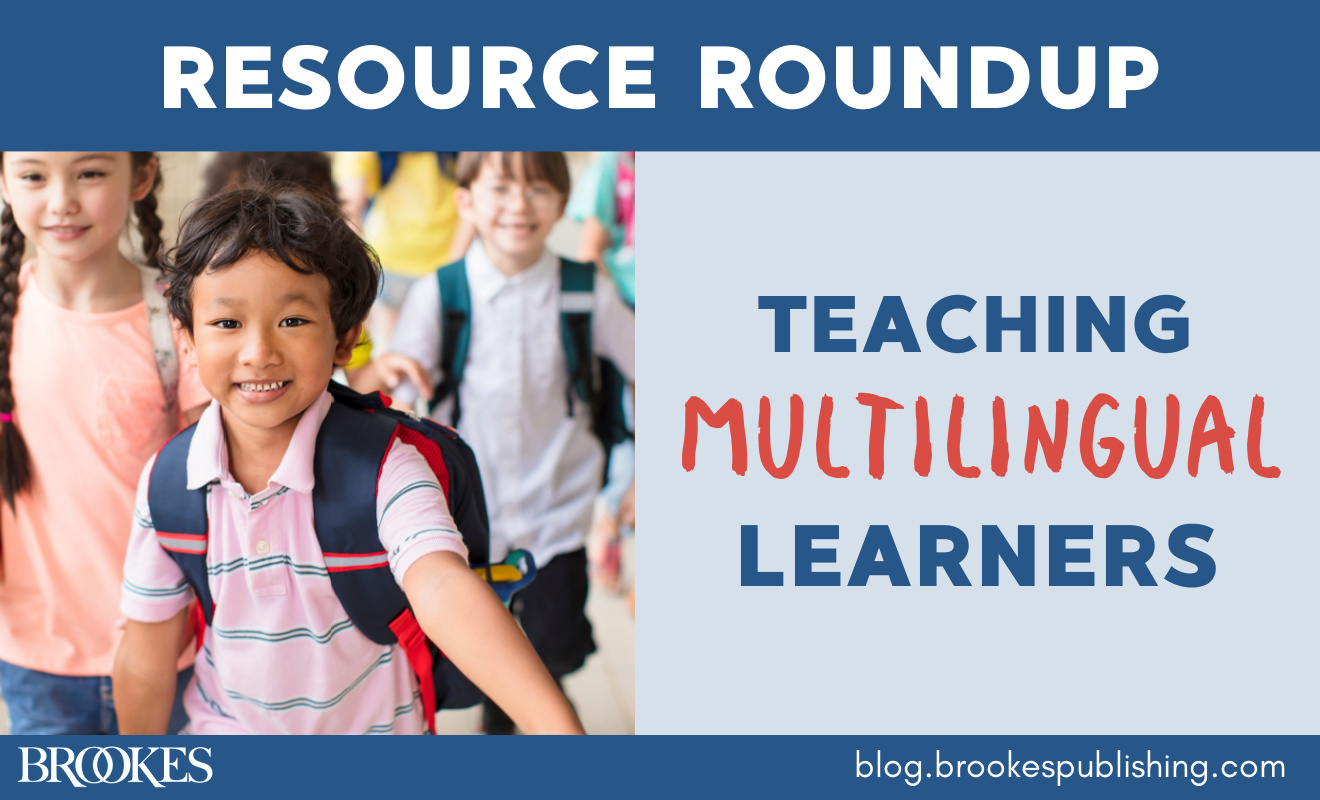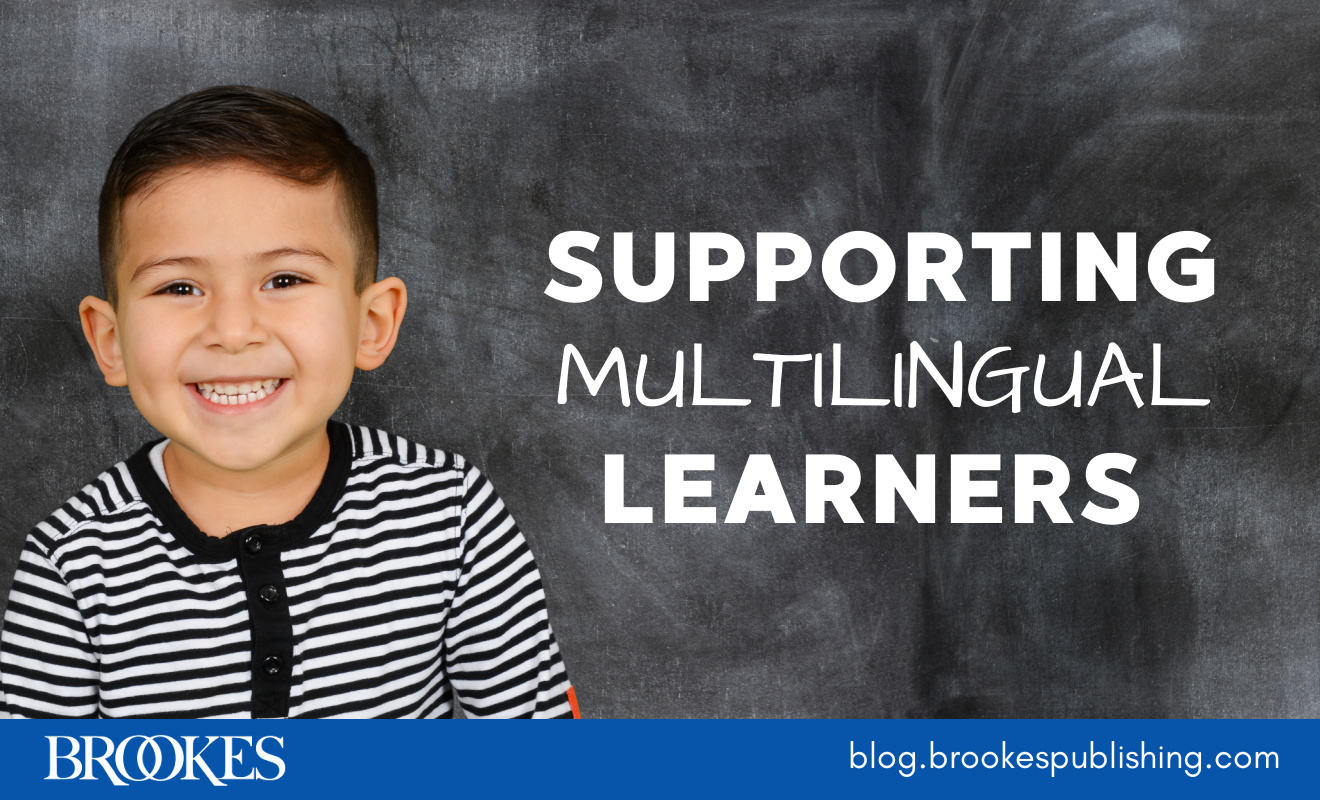7 Tips on Teaching Math to English Language Learners
March 23, 2023
 To keep pace with their grade-level peers and succeed on high-stakes tests, English language learners need math instruction that meets their learning needs. Today’s post—adapted from Foundations for Teaching English Language Learners, by Wayne Wright—offers seven ideas for inclusive math instruction that supports ELLs (and may help your other learners, too!).
To keep pace with their grade-level peers and succeed on high-stakes tests, English language learners need math instruction that meets their learning needs. Today’s post—adapted from Foundations for Teaching English Language Learners, by Wayne Wright—offers seven ideas for inclusive math instruction that supports ELLs (and may help your other learners, too!).
Make charts and visuals with your students. To help students learn the vocabulary and language structures of math, make illustrated math word charts and visuals to go along with math units, such as geometric shapes or measurement words. Better yet, create these with the students! You might make a number line, a 100 chart, a calendar, coins, a clock, a list of ordinal numbers, a chart of skip counting by 2s, 5s, and 10s, math facts, and clue words for word problems signaling the correct operation. Charts like these provide visual support and offer opportunities for daily practice of these concepts
 Have hands-on practice. Hands-on manipulatives help ELLs understand concepts that they might not fully grasp if they were only to hear them explained or see them in print. Give students practice with pattern blocks, sorting manipulatives, counting manipulatives, base-10 blocks for teaching place value and regrouping, pie-slice manipulatives for learning fractions, clocks, play money, rulers, protractors, compasses, three-dimensional shapes, measuring spoons and cups, balance scales, and weights. Not only does hands-on practice clarify concepts, it also allows ELLs to demonstrate what they know without having to rely only on words, spoken or written.
Have hands-on practice. Hands-on manipulatives help ELLs understand concepts that they might not fully grasp if they were only to hear them explained or see them in print. Give students practice with pattern blocks, sorting manipulatives, counting manipulatives, base-10 blocks for teaching place value and regrouping, pie-slice manipulatives for learning fractions, clocks, play money, rulers, protractors, compasses, three-dimensional shapes, measuring spoons and cups, balance scales, and weights. Not only does hands-on practice clarify concepts, it also allows ELLs to demonstrate what they know without having to rely only on words, spoken or written.
Try role-playing. Use role playing to help ELLs understand new vocabulary and unfamiliar concepts in word problems. In a unit on money and how to make change, for example, you could use a toy cash register, play money, and several items marked with different prices. Once you have helped students learn the vocabulary and language needed for this activity, have students take on the roles of customer and cashier and practice counting out money and making change. After role playing, students could be guided in writing word problems to record the situations they acted out (e.g., Reggie has a $10 bill. He bought a magazine for $3 and a candy bar for $2. How much change should he receive?). Eventually, the students should be able to answer similar word problems without the manipulatives and role playing.

 Use tech as a learning tool. Make math comprehensible for ELLs using bilingual technology designed to enhance or support math instruction. For example, several software programs use the computer’s multimedia capabilities to help students understand and practice math concepts, often in the context of games and other entertaining activities. Students can also use multimedia programs to create their own presentations that demonstrate their understanding of math, and they can use spreadsheet software to create their own charts and graphs.
Use tech as a learning tool. Make math comprehensible for ELLs using bilingual technology designed to enhance or support math instruction. For example, several software programs use the computer’s multimedia capabilities to help students understand and practice math concepts, often in the context of games and other entertaining activities. Students can also use multimedia programs to create their own presentations that demonstrate their understanding of math, and they can use spreadsheet software to create their own charts and graphs.



Write a Comment
Your email address will not be published. Required fields are marked *
Post a Comment